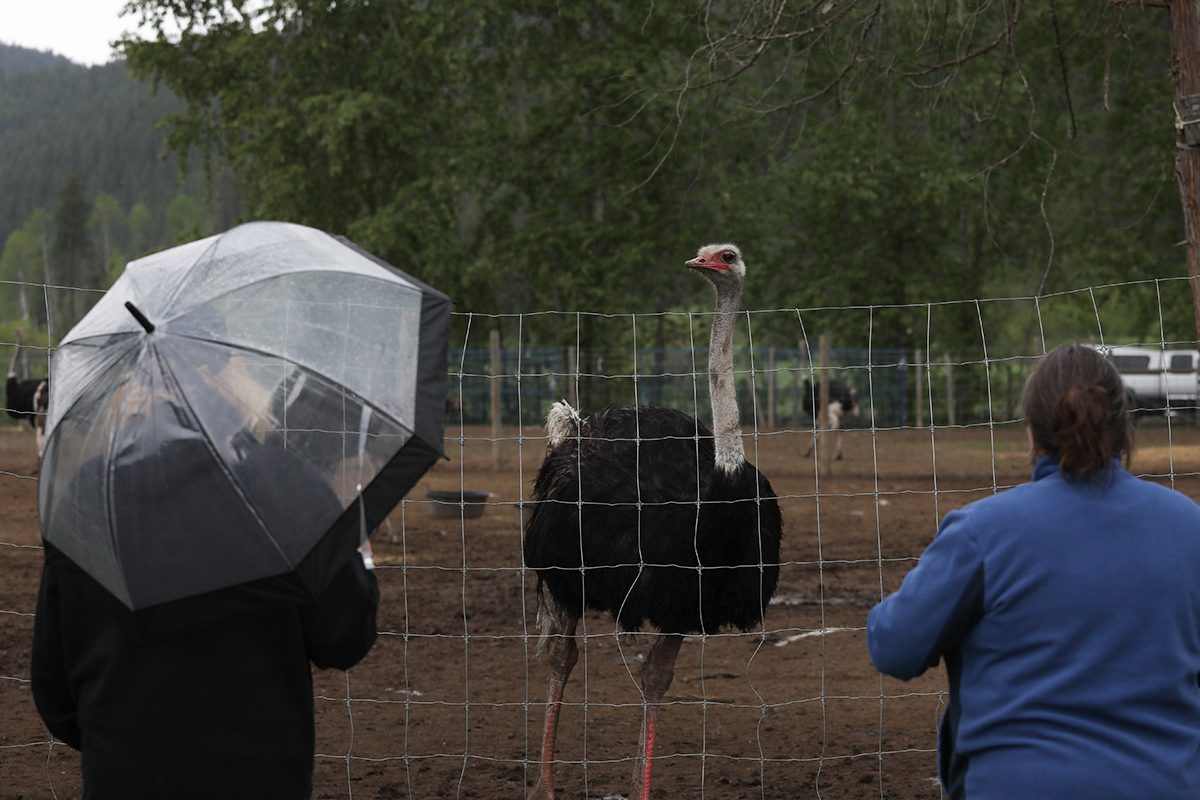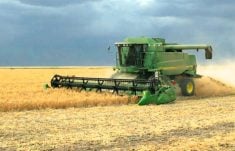WASHINGTON (Reuters) — An influential grains analyst at the U.S. Department of Agriculture on Friday defended the government’s 2014 U.S. crop plantings forecasts released at its annual outlook conference that some analysts said were too low.
At its annual Agricultural Outlook conference on Thursday, USDA projected that U.S. farmers would plant a total of 253.8 million acres to corn, other feed grains, wheat, rice, cotton, and soybeans in 2014-15, down 1.7 million from 2013.
The figure surprised analysts who noted that 8.3 million acres in cropland — including 7.3 million acres of corn, soybeans and wheat, plus one million acres to minor crops — went unseeded in 2013 due to poor weather, especially in northern states like Minnesota and Iowa. Given normal weather this spring, many of those acres might return to production, the analysts said.
Read Also

B.C. ostrich owner condemns violence near embattled farm
One of the owners of Universal Ostrich near Edgewood, B.C. condemned the alleged assault and arson against one of the farm’s neighbours said to have been committed by a protestor. The farm is in a legal battle with federal authorities over a cull order of the farm’s ostriches, which contracted avian influenza.
“There was a big increase in prevented plantings last year, but it doesn’t show up necessarily in the difference, from year to year, in what was actually reported and planted,” Jerry Norton, a grains analyst with USDA’s Office of the Chief Economist, told Reuters on Friday on the sidelines of the outlook forum.
Norton said farmers reported on March 1, 2013, that they intended to plant 230.8 million acres of corn, soybeans and wheat. But the final figure was 228.1 million acres, leaving 2.7 million acres that did not get planted — far less than the “prevent-plantings” that appeared in government crop insurance data.
“This is not to suggest there is anything wrong with the ‘prevent plant’ number or the NASS number. But you can’t just take so many different pieces of data used from different sets and say, ‘that’s the total basis,'” Norton said.
The data on prevented plantings, collected from crop insurance filings, is not necessarily compatible with, the data USDA’s National Agricultural Statistics Service uses to compile its March planting intentions report and its final production figures, he said.
“They are different sets of data, reflecting different things. They are collected for different purposes,” said Norton, about USDA’s plantings forecasts.
“When you start adding these different administrative data series with the NASS data, you get some different answers that … we would not expect to be what you see as the outcome for next year,” he said.
The USDA also predicted a drop in 2014 in the number of acres held out of production as part of the government’s conservation reserve program, or CRP. Norton said it would be too simplistic to assume all those acres would return to crop production in 2014.
“History tells us that only about half that area goes back into crop production. That’s one problem. Also, there are delays when you take it out of CRP, when you can get it prepared for a crop,” Norton said.
USDA projected U.S. 2014 corn plantings at 92 million acres, down from 95.4 million in 2013. Some of the reduction should come out of marginal corn production areas, Norton said.
The government will release its next forecast of 2014 plantings on March 31 in its plantings intention report, which is based on farmer surveys.
“The incentives to plant are really tied to their expected returns. Corn is not going out of production in places like central Iowa or central Illinois. It’s going to be on the margins where you are producing lower yields on corn,” he said.
Corn prices have fallen about 30 percent since June when the United States, the largest food exporter, recovered from the historic drought of 2012 and harvested a record crop in 2013.
USDA is forecasting prices for most row crops to fall to the lowest levels since 2009-10, expecting bigger yielding crops to weigh on prices. Corn, the largest U.S. crop, is projected to fall 60 cents to $3.90 a bushel.














